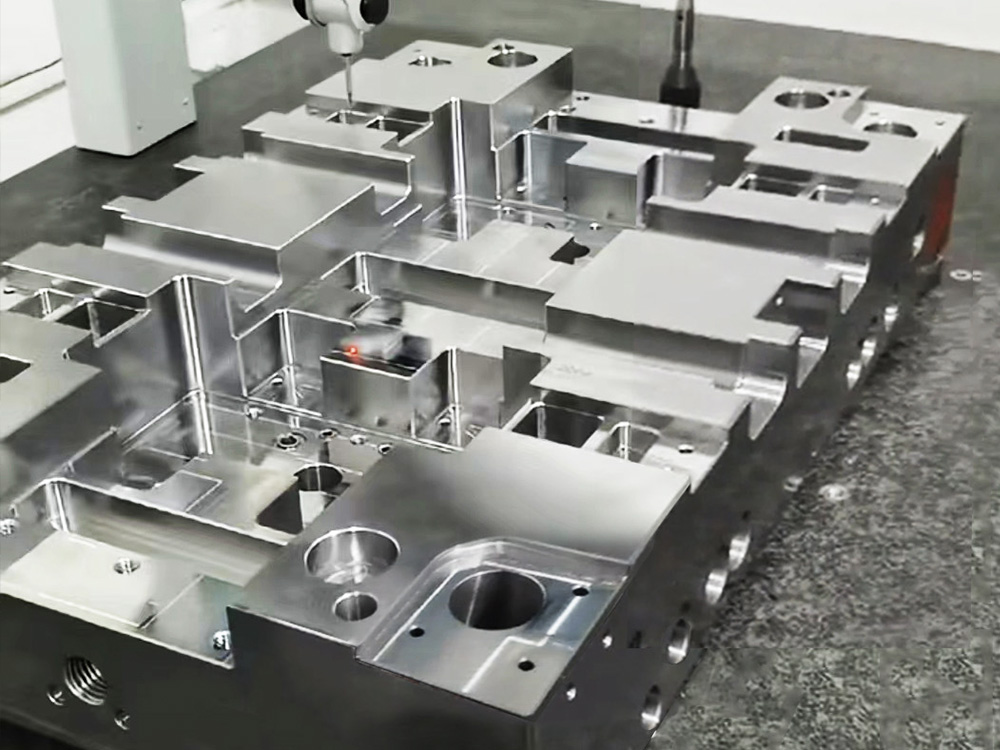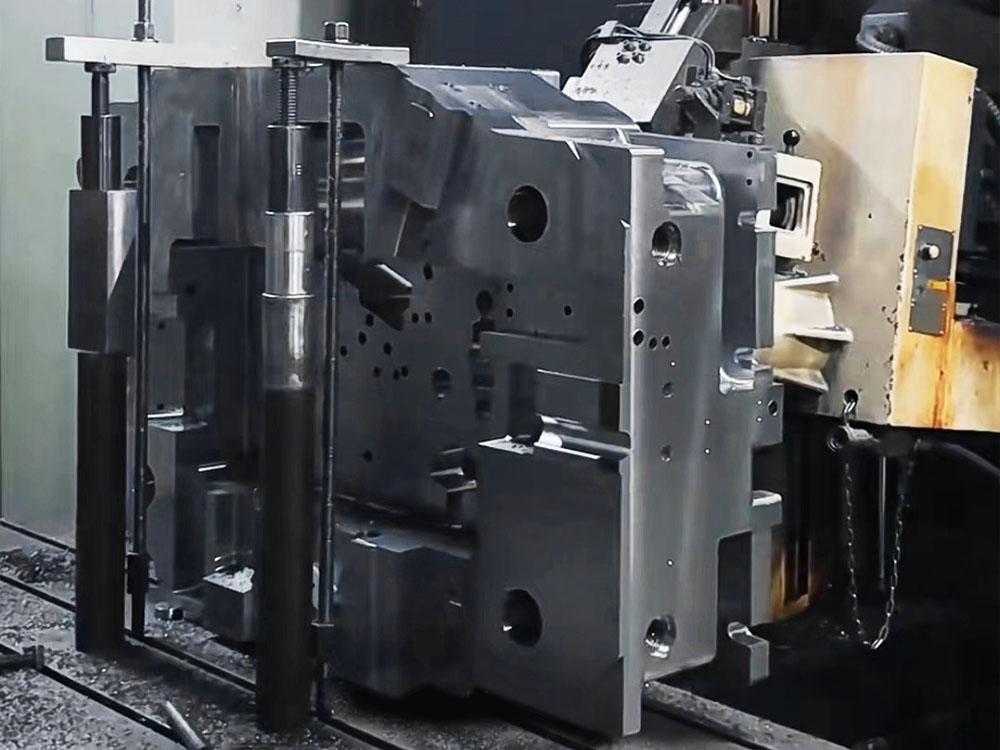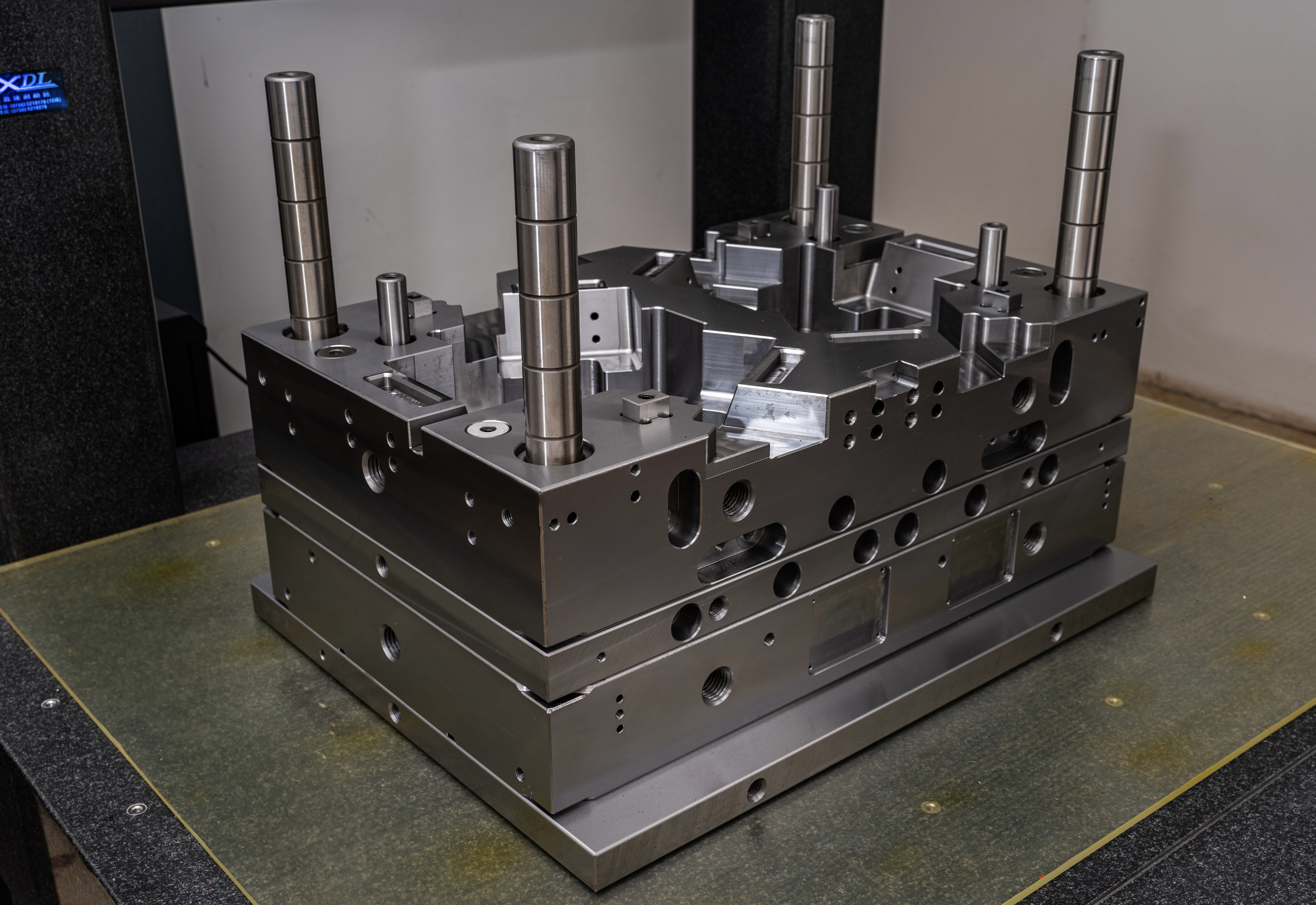Introduction
Mold base plays a crucial role in the pressure die casting process by providing a stable foundation for the mold assembly. The challenges faced in this industry primarily revolve around the high levels of stress the molds endure during production. This article aims to explore various techniques employed by mold base manufacturers to reduce mold stress, ensuring enhanced performance and longevity of molds.
1. Material Selection
The choice of material for the mold base significantly affects its stress resistance. High-quality materials such as steel alloys with excellent strength and toughness properties are commonly used. The selection is based on factors such as the casting material, part complexity, and desired mold lifespan.
2. Precision Machining
Accurate machining of the mold base is vital to reduce stress during the casting process. Precision milling and grinding techniques ensure the dimensional accuracy and proper alignment of the mold components. This minimizes stress concentration points and prevents premature failure of the mold.
3. Proper Cooling System Design
An effective cooling system design helps regulate the mold temperature and reduces stress caused by thermal cycles. Incorporating cooling channels within the mold base allows for efficient heat extraction. Careful consideration of the cooling layout, diameter, and proximity to critical areas of the mold are essential factors contributing to stress reduction.
4. Enhancing Mold Venting
Inadequate venting can result in trapped gases, leading to increased pressure and stress within the mold. Proper vent design, such as the use of venting grooves or vents with venting holes, helps release trapped air during the casting process. This prevents gas-related defects, reduces the overall pressure exerted on the mold, and consequently diminishes mold stress.
5. Surface Coatings and Treatments
Applying suitable surface coatings and treatments to the mold base can enhance its stress resistance. Techniques such as nitriding or hard chromium plating improve surface hardness, wear resistance, and thermal conductivity. These coatings enable the mold base to withstand high pressures and thermal shocks, thereby reducing stress-induced mold failures.
6. Mold Base Structural Analysis
Performing structural analysis using finite element analysis (FEA) software helps identify potential stress areas within the mold base. This analysis assists in optimizing the design, identifying weak points, and implementing structural modifications. By eliminating stress concentration areas, the overall stress on the mold base can be minimized.
7. Regular Maintenance and Inspection
To ensure optimal performance and longevity of mold bases, regular maintenance and inspections are crucial. Periodically checking for wear, cracks, or signs of stress on the mold base helps identify potential issues before they escalate. Corrective actions, including repair or replacement, can be promptly taken to mitigate stress-related problems.
Conclusion
The techniques discussed in this article highlight the importance of reducing mold stress in the mold base industry. Careful material selection, precision machining, proper cooling system design, venting enhancements, surface coatings, structural analysis, and regular maintenance contribute to enhance the stress resistance of mold bases. Implementing these techniques enables manufacturers to produce high-quality molds that can endure the demanding conditions of pressure die casting, leading to improved performance and extended mold lifespan.




